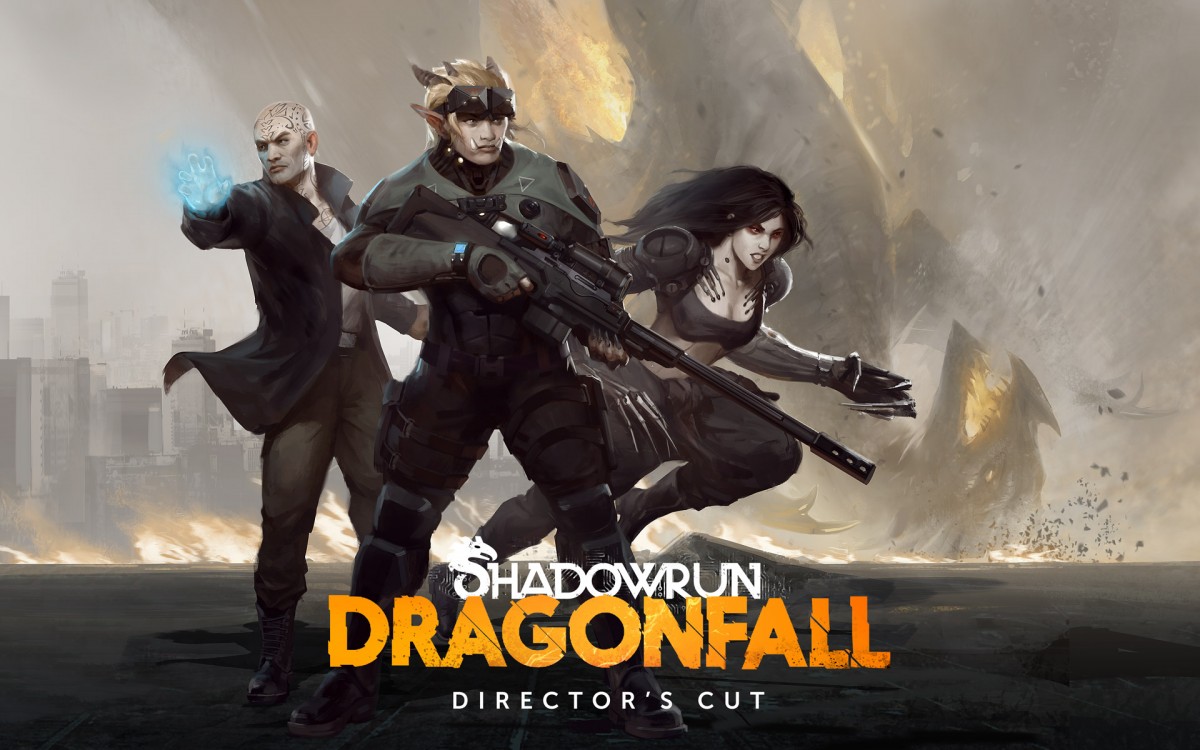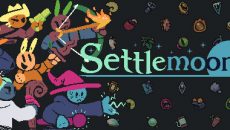The first edition of the Shadowrun tabletop game premiered in 1989. (Courtesy of Hare Brained Schemes)
Bill Aghababian
Connector Contributor
The “Shadowrun’ RPG has long been one of the most popular systems in the tabletop genre. It features a very distinct cyberpunk setting which incorporates traditional fantasy elements such as elves and magic into a more futuristic time. The popularity of the game has led to the setting spreading out into other genres, most notably video games. One such game is “Shadowrun: Dragonfall,” an RPG developed by Hare Brained Studios for PC. Originally created as an expansion for its predecessor, “Shadowrun Returns,” “Dragonfall” has since been released as a standalone game, and is one of the best ways to get introduced to the setting.
Gameplay wise, neither “Dragonfall” nor its related titles are particularly unique in their style. Similar to classic RPG’s such as “Fallout,” “Dragonfall” utilizes a 2-D isometric world for the player to interact in. The player is controlled with the mouse, and most objects and people interact by being clicked on. Where the game differs significantly is in the scope of its world. In most RPGs of this nature, there is a large, interconnected map which the player can explore. In “Dragonfall,” however, the player is limited to a single, centralized hub, from which he/she can go out on missions assigned by mysterious employers. These missions are the focal point of the game, with stops in the hub location being a little more than brief interludes to resupply and receive new tasks before heading back out. Because of this, the missions themselves have a bit of adaptability in how they can be completed, and players can choose how to finish a mission based upon their style. Players can customize their character to fit a variety of different roles, from the combat focused street samurai to the more mechanically inclined rigger. The player also has access to a team of allies, each one with their own skill sets and abilities. This allows the player to have a well-balanced party which can handle anything the player might be unable to handle themselves.
Combat is likewise nothing new, with fights taking place using turn based combat in a style similar to “XCOM.” Both the player-character and their team of companions can use their weapons and abilities to eliminate opposition and advance to the next area. The player must maneuver their team in and out of cover and make strategic decisions to succeed. While it may not be anything groundbreaking, it still manages to be entertaining, and even minor fights can be tactically engaging.
Where the game truly shines is in its atmosphere and story. The visuals in the world are perfectly made to showcase the cyberpunk feel of the “Shadowrun” setting. Neon lights contrast with industrial structures to create a world that feels dark and gritty while still managing to look beautiful. This combined with the fantastic soundtrack make for a truly unique and immersive world. The various plotlines in the game are likewise fantastic. The main story has many twists and surprises and is perfectly paced to keep the player engaged and coming back for more. Even the minor plotlines introduced in the side missions are interesting, and each one makes the mission it belongs to feel very unique. On top of everything, the game also features a cast of characters, each one with their own style, background and demeanor. They have all sorts of different interactions with the player and are all complex and interesting in their own ways. Some of the best moments in the game can be found through dialogue and interaction with these characters.
“Dragonfall” is far from faultless. Dialogue frequently includes terminology and slang that can sometimes be difficult to understand, especially if the setting is unfamiliar. While some of it can be inferred or inquired about by the player, it can still prove to be a nuisance when trying to become immersed in the world. On the more mechanical side, the chances to hit displayed during combat are often misleading. It is not uncommon for an attack with a 70 percent chance of success to miss about two thirds of the time, which can be incredibly irritating. Finally, the game includes a parallel digital world known as the Matrix, which can be accessed by certain characters in order to give their allies in the main world an advantage. While this is initially interesting, there is not much depth to it and Matrix based segments quickly become tedious.
Despite this, “Shadowrun: Dragonfall” remains worthwhile to play. The fantastic atmosphere alone more than outweighs any of the game’s flaws, and even at its worst the game still manages to be immersive and engaging. At a regular price of $15, the average player can expect between 15 and 20 hours of gameplay on their first play through, which is a reasonable value for the price. This combined with the fact that the game has a great deal of inherent replayability means that “Dragonfall” is well worth the purchase. Both experienced RPG connoisseurs and newcomers to the genre will find something to like about the game, and it makes a wonderful addition to any gaming collection.
Final Grade: B+




